VietNamNet Newspaper would like to introduce to readers an article by Ms. Chau Do, Co-Founder of Unikon Vietnam, sharing the story of the new generation of AI at an event held in Ho Chi Minh City at the end of August.
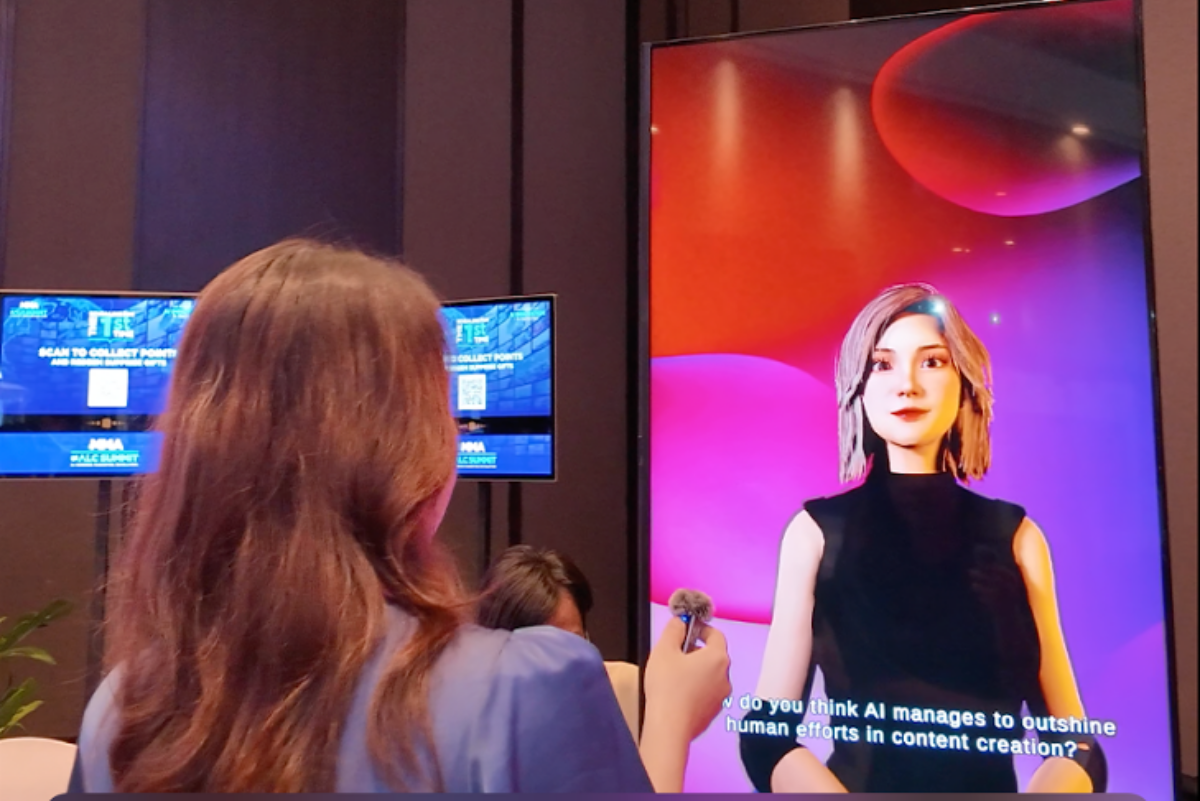
You’re probably familiar with the daily battle that rages in every household’s kitchen: “Who does the dishes?” Then you buy a dishwasher, thinking the problem is solved. But it’s not! The question has only changed to “Who loads the dishwasher?” Your mother refuses to use it because she can do it with less water and less electricity. Your teenage son just throws the dishes in the dishwasher haphazardly, which is no better than washing them by hand. In the end, the best dishwasher is still the one who loads the dishwasher.
The same thing happens in the world of AI. Generative AI has come into being with the launch of many commercial platforms like ChatGPT, Mid Journey, Stable Diffusion… each created for a different purpose of creating content. But they are still essentially just dishwashers, you still need someone to load the dishes properly, which means creating prompts and a process for this machine to give you a clean output.
The problem is that creating such prompts and processes is not as simple as you might think, and the difficulties in using each platform are different, simply because AI logic is not exactly the same as human logic. The author himself had difficulty asking ChatGPT to create a simple and accurate travel plan for his upcoming trip because of GPT's weakness in calculating and updating new data.
AI image generation platforms require even more effort and skill. In the screenshot below, you can see that it took a Stable Diffusion expert at least 3,000 attempts to create the detailed, fine-grained image on the left.
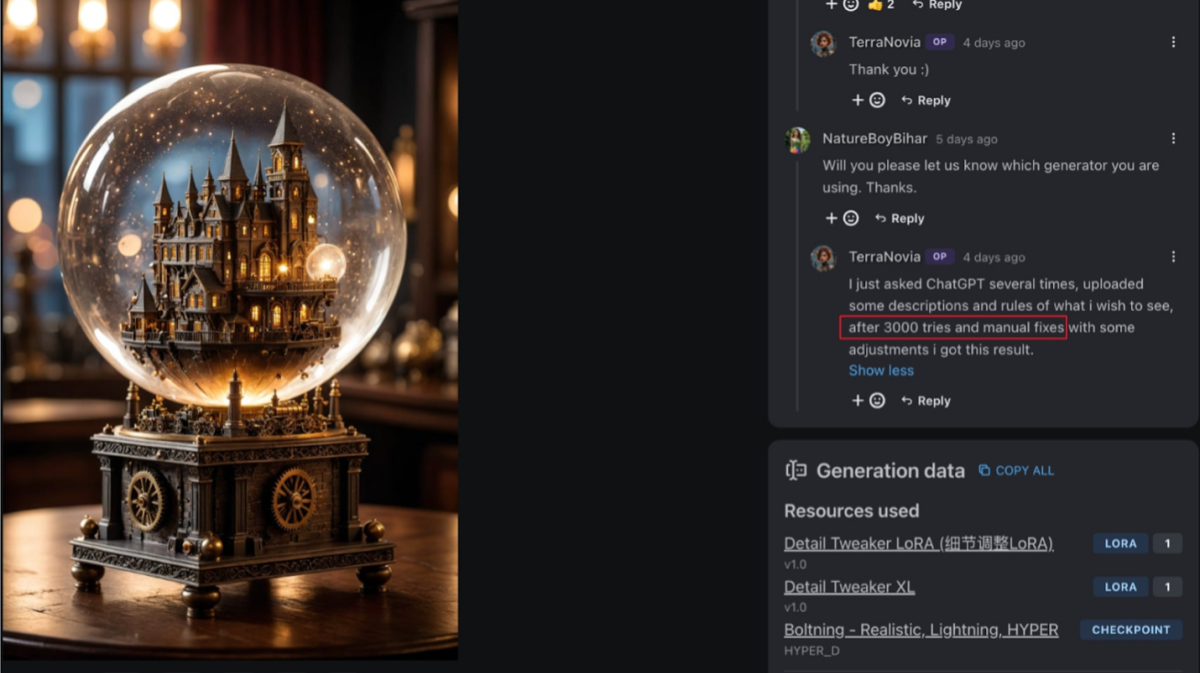
The numbers may be inflated, but it implies that generative AI platforms are just tools, and humans still need to learn how to use these new tools properly. That’s why courses on creating commands on chatGPT or Mid Journey… are still flourishing.
But at the same time, AI developers quickly turned to a new problem to solve this problem of generative AI, which is to say, creating a dishwasher that can put dishes in the dishwasher itself: People just need to give AI a goal, and this AI model will manage all the tools and platforms needed to achieve that goal. This new generation of AI is called Agentic AI.
Autonomous AI is a type of AI system designed to act as autonomous “individuals,” capable of performing tasks, making decisions, interacting with each other, and interacting with the environment without human intervention.
This type of AI model can be goal-oriented, execute in real-time, and is capable of self-learning and optimizing performance through continuous feedback or internal reflection.
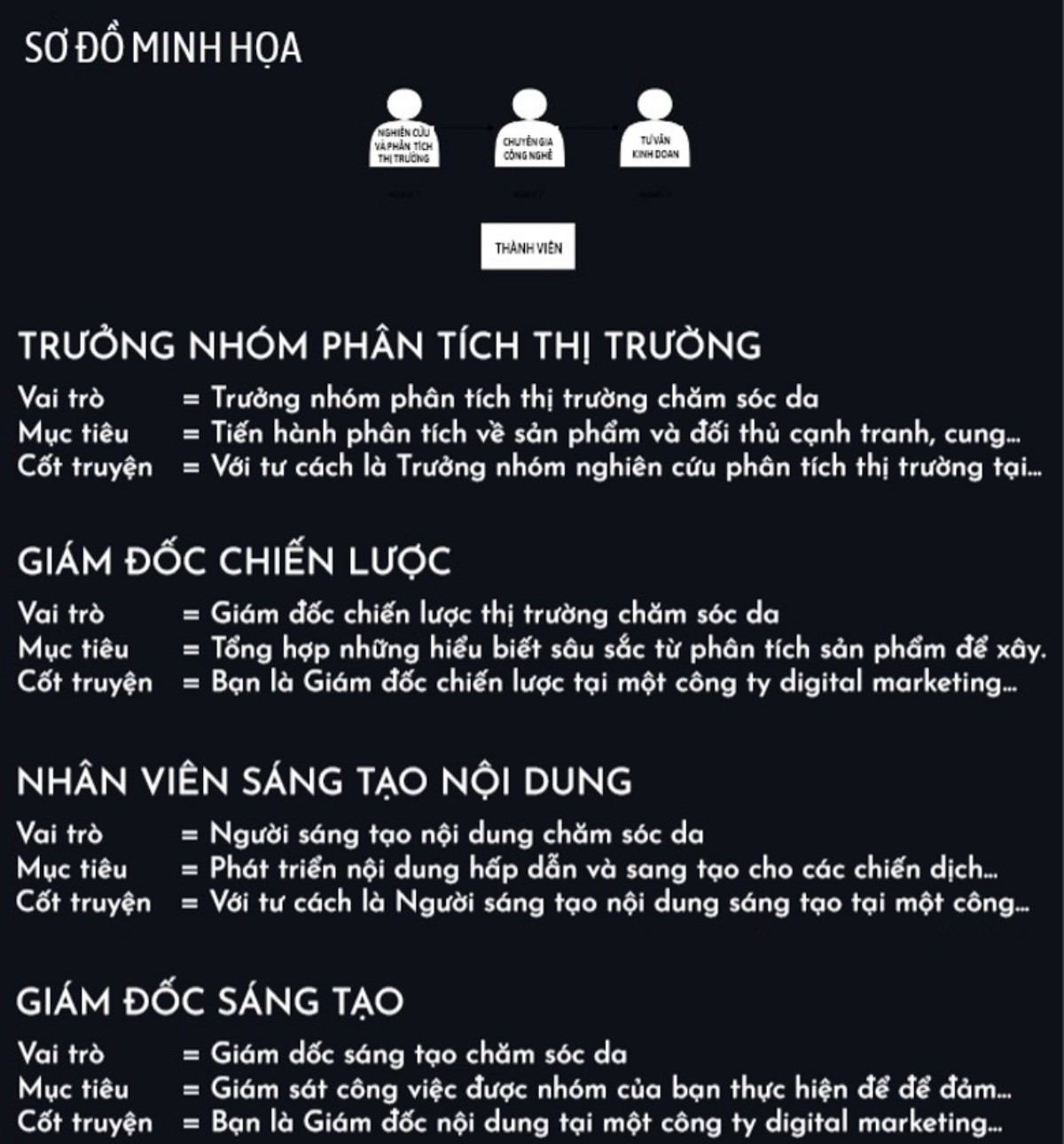
This superior ability of autonomous AI will revolutionize the robotics and autonomous vehicle industry as well as accelerate the AI transformation process in large corporations.
At the individual user level, autonomous AI models can make it easier for you to work with AI, with better output. You won’t have to browse 3,000 AI-generated photos to choose one you like, but just browse 3, for example.
Source: https://vietnamnet.vn/ai-se-xep-chen-bat-vao-may-rua-hay-cau-chuyen-ve-ai-the-he-moi-2318701.html








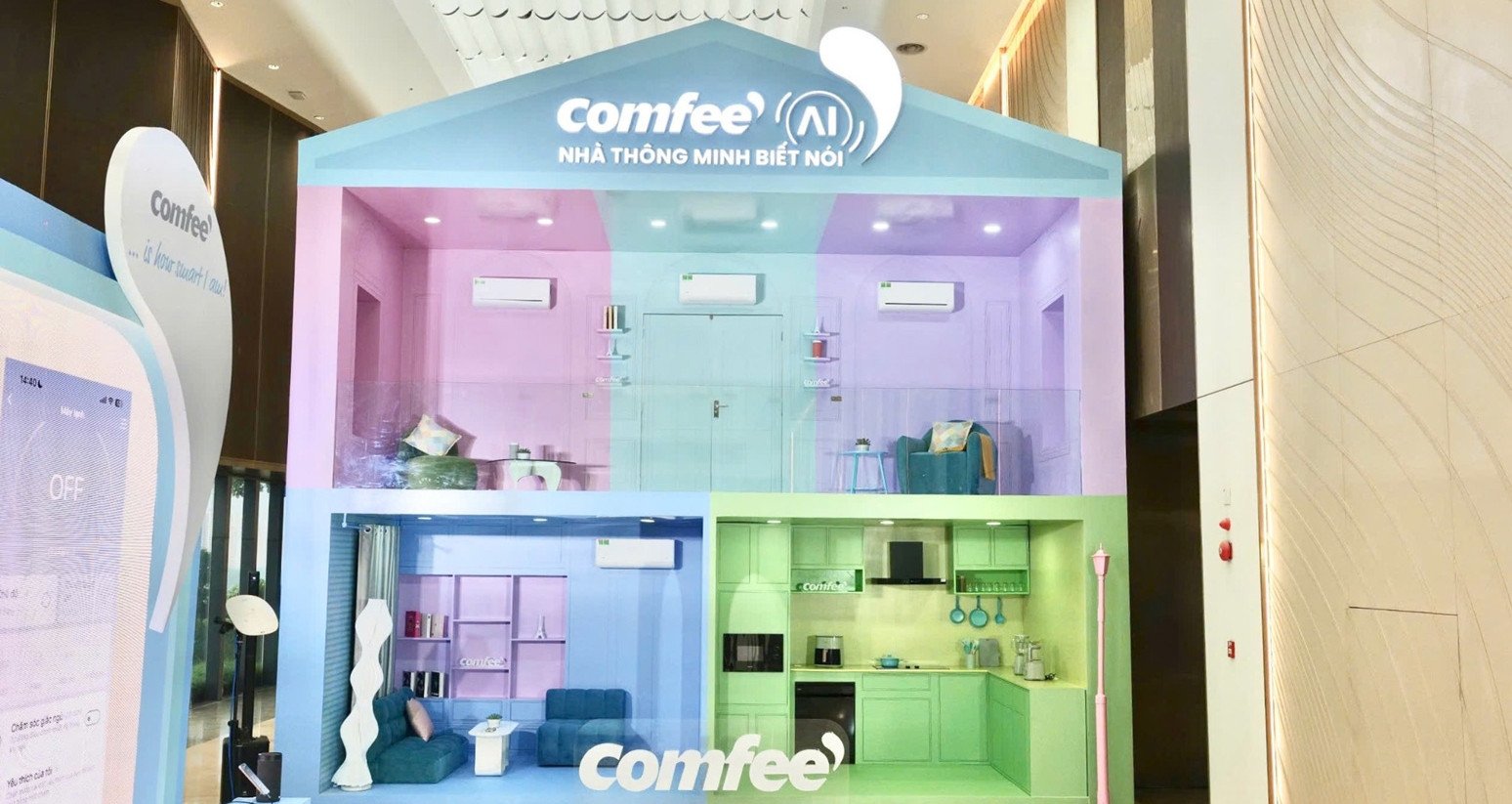
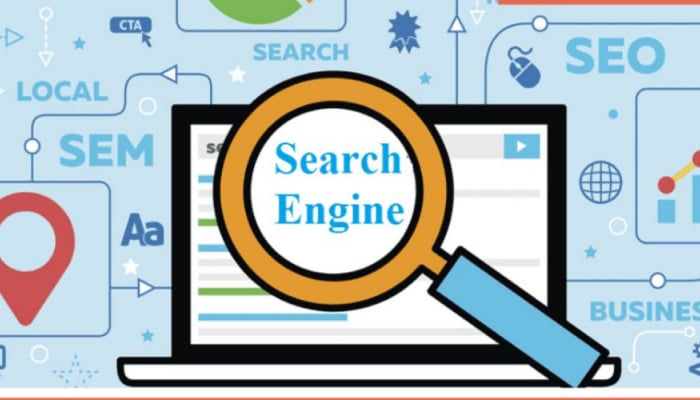

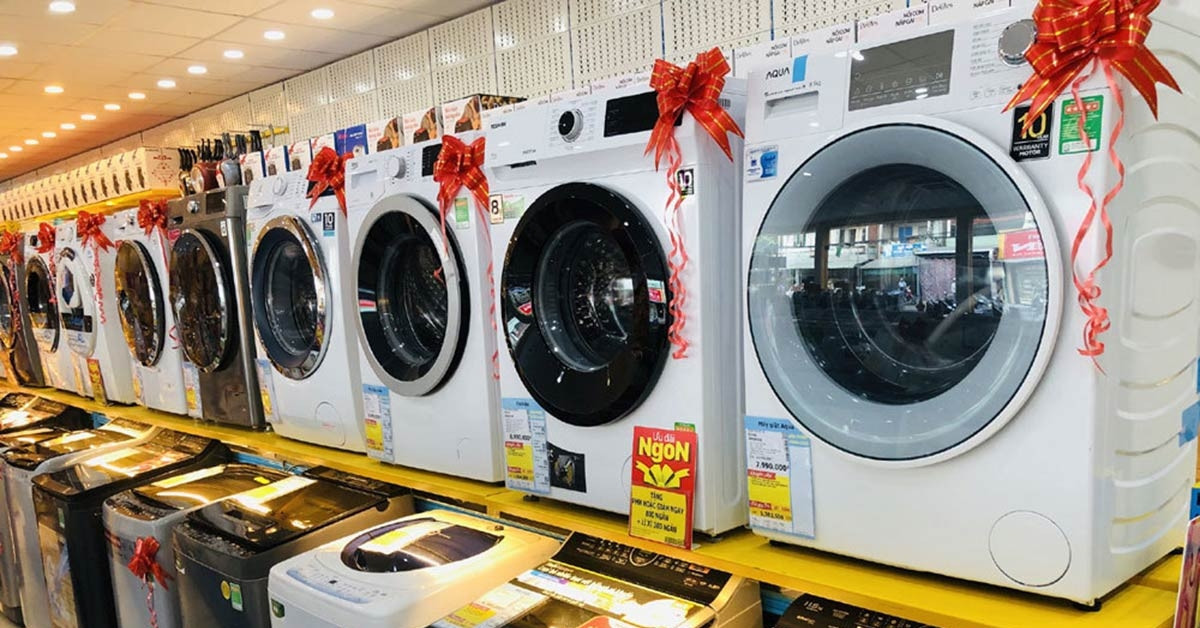


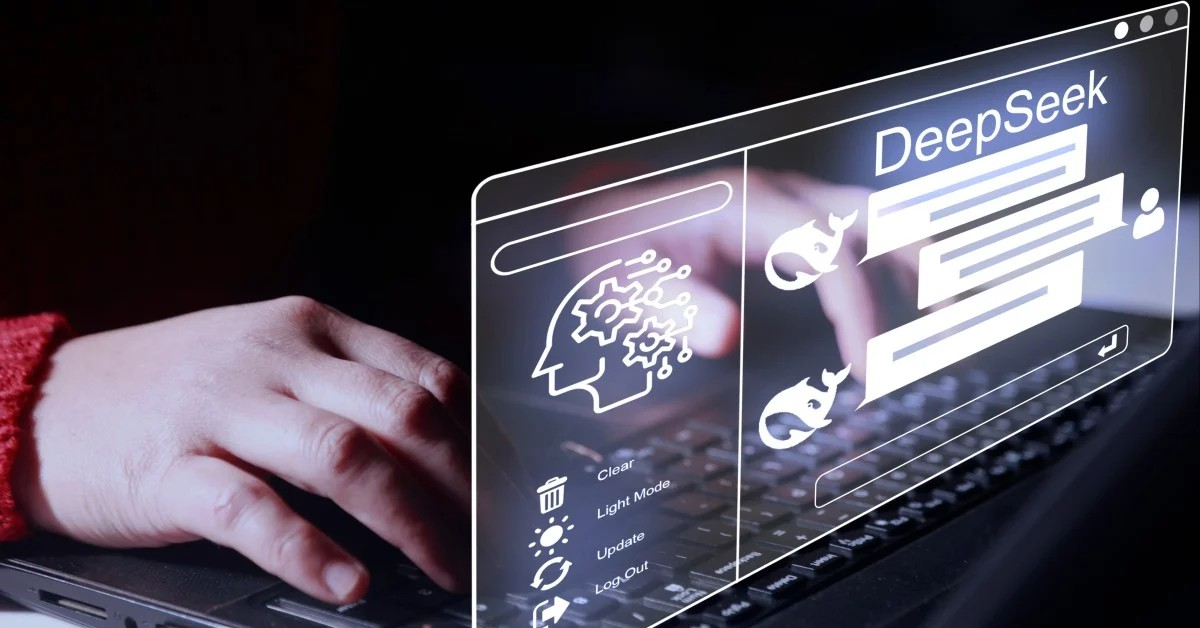




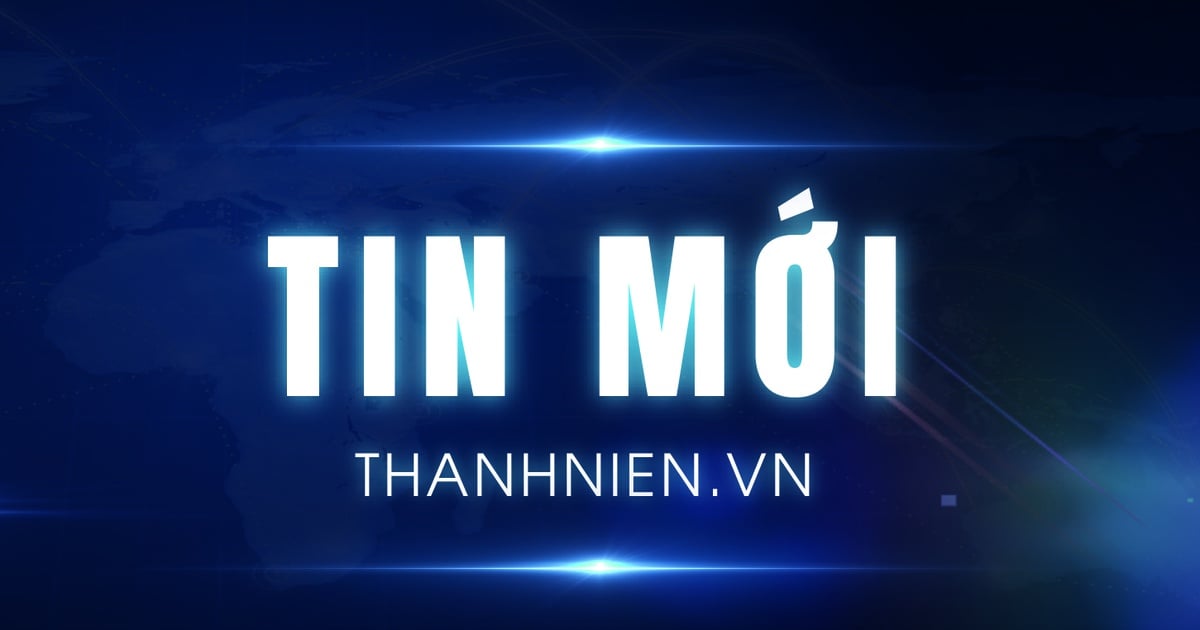







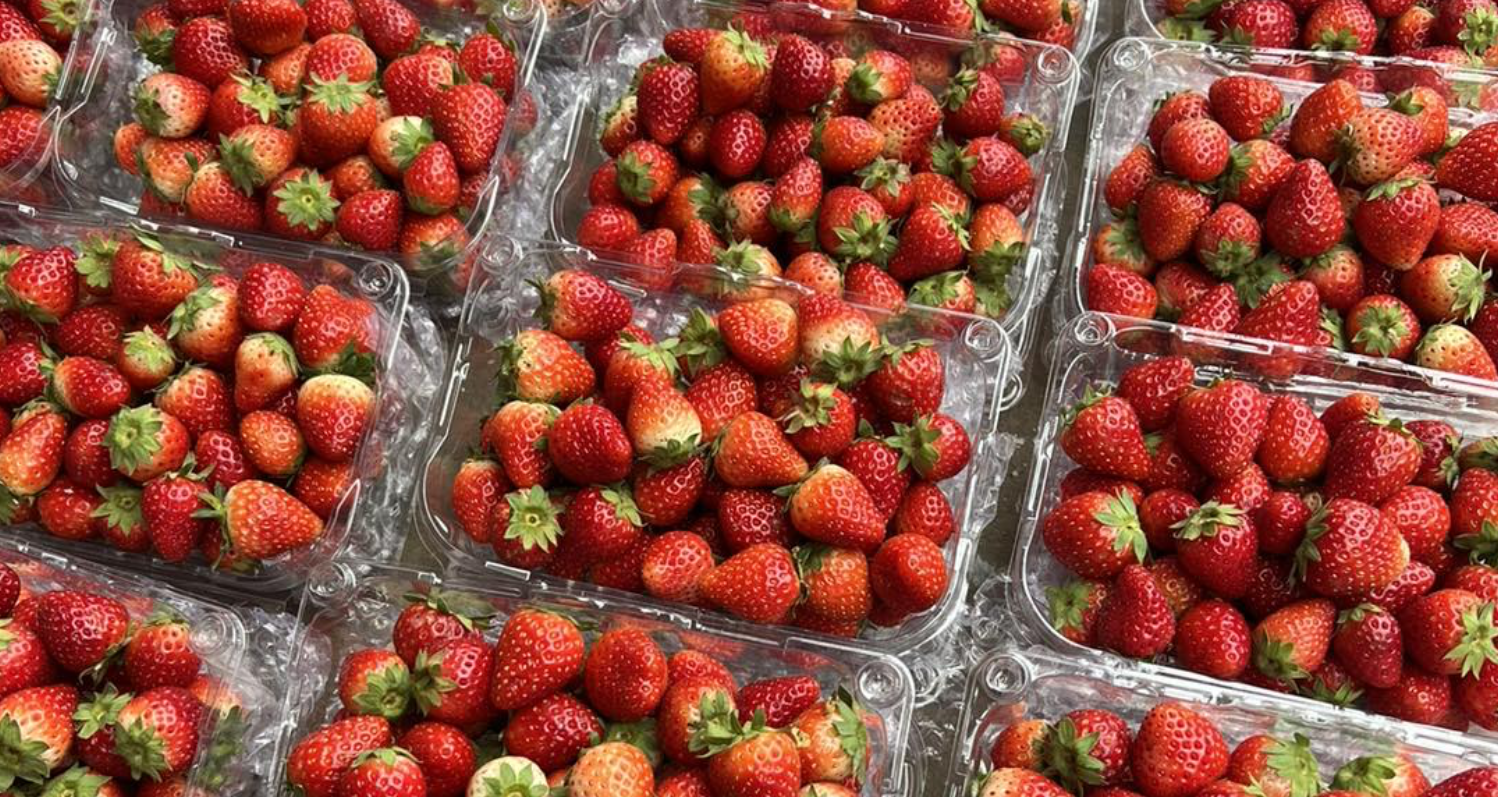
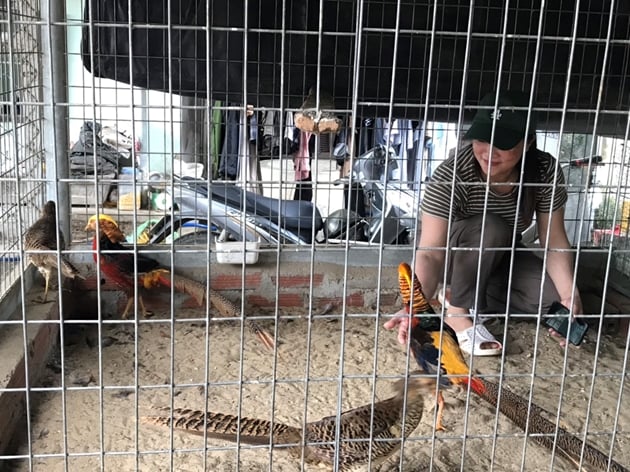

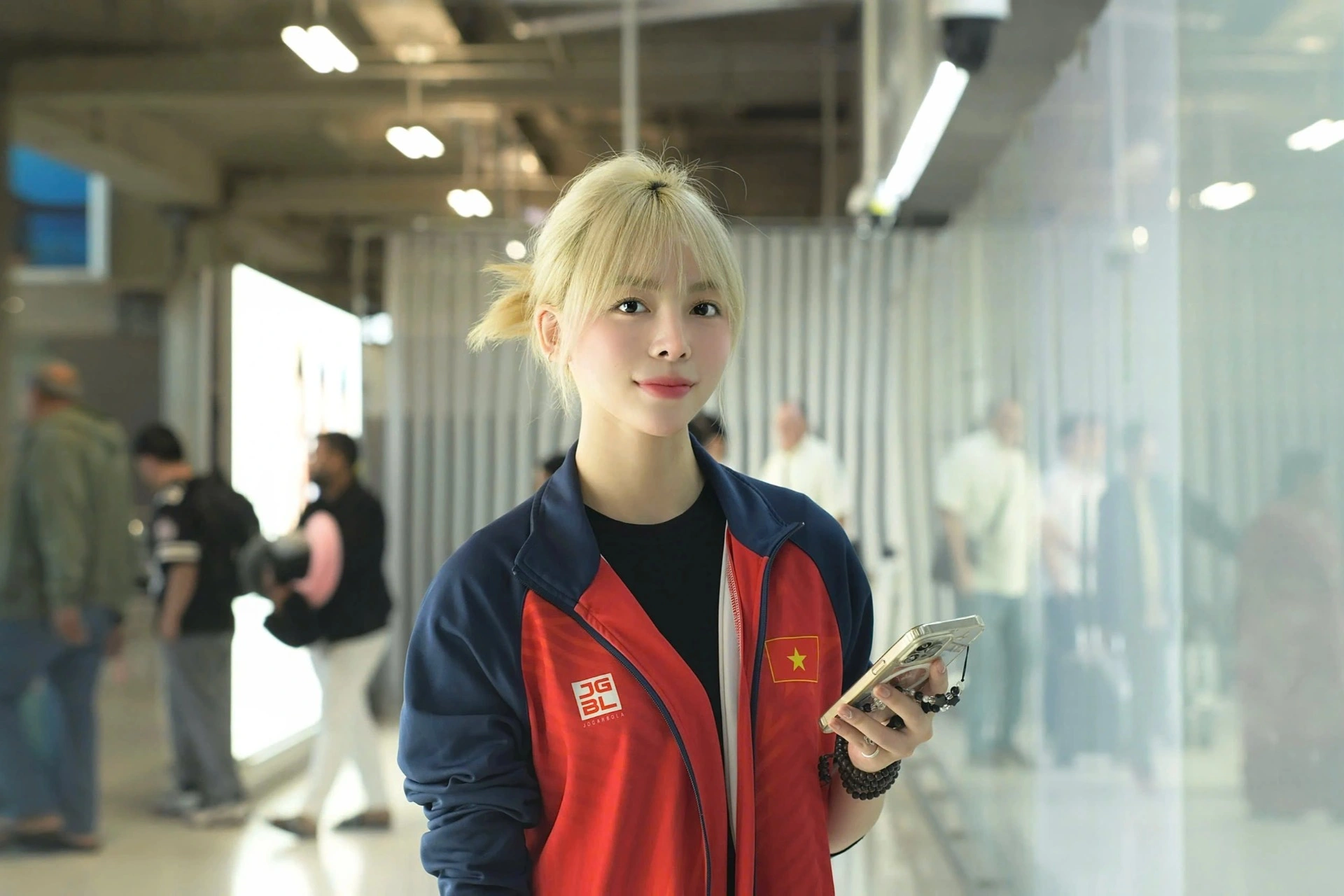







Comment (0)